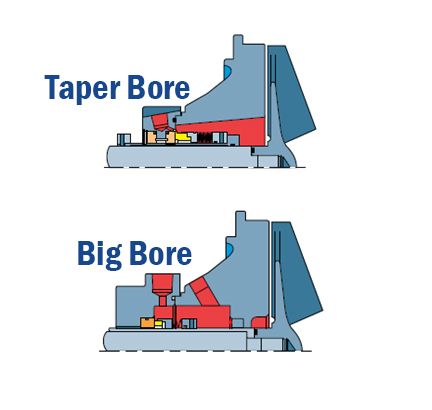Proper Electric Motor Storage
It's not uncommon for many of our customers to have a backup electric motor in storage to maintain productivity in the event of a motor failure. However, if the electric motor is stored properly, it may not be reliable when its needed. Here are few tips that might help: Store It Indoors. It's not [...]

